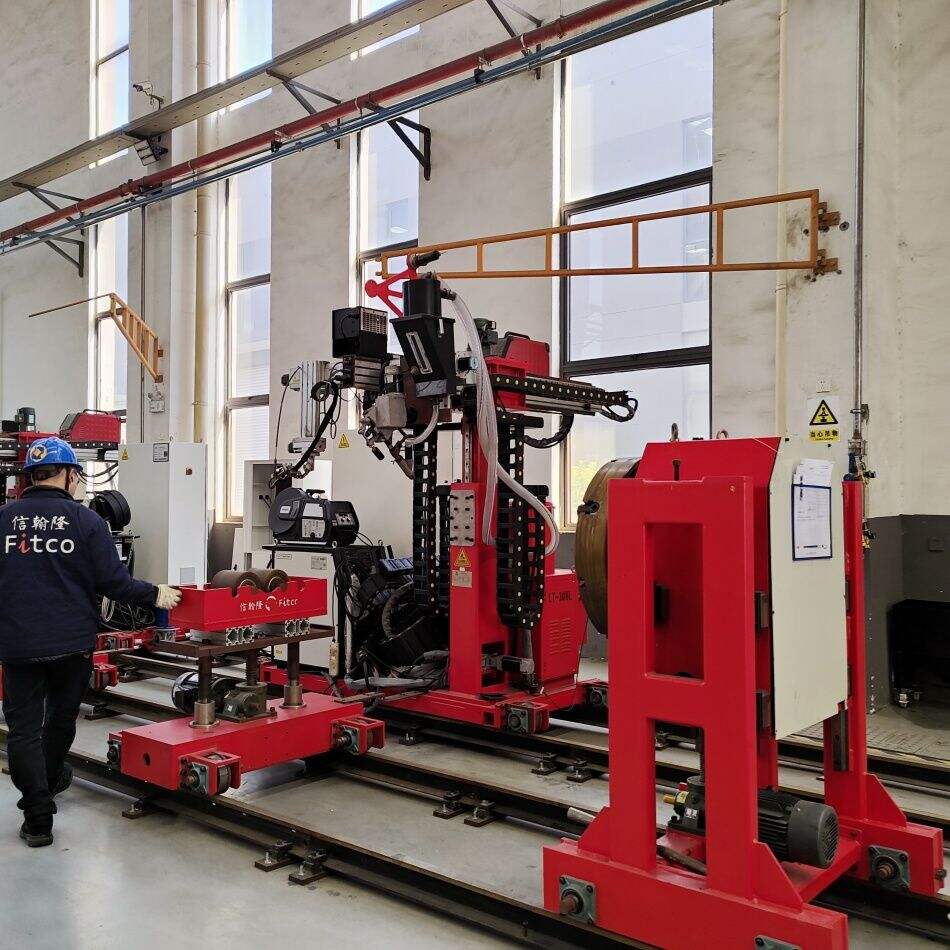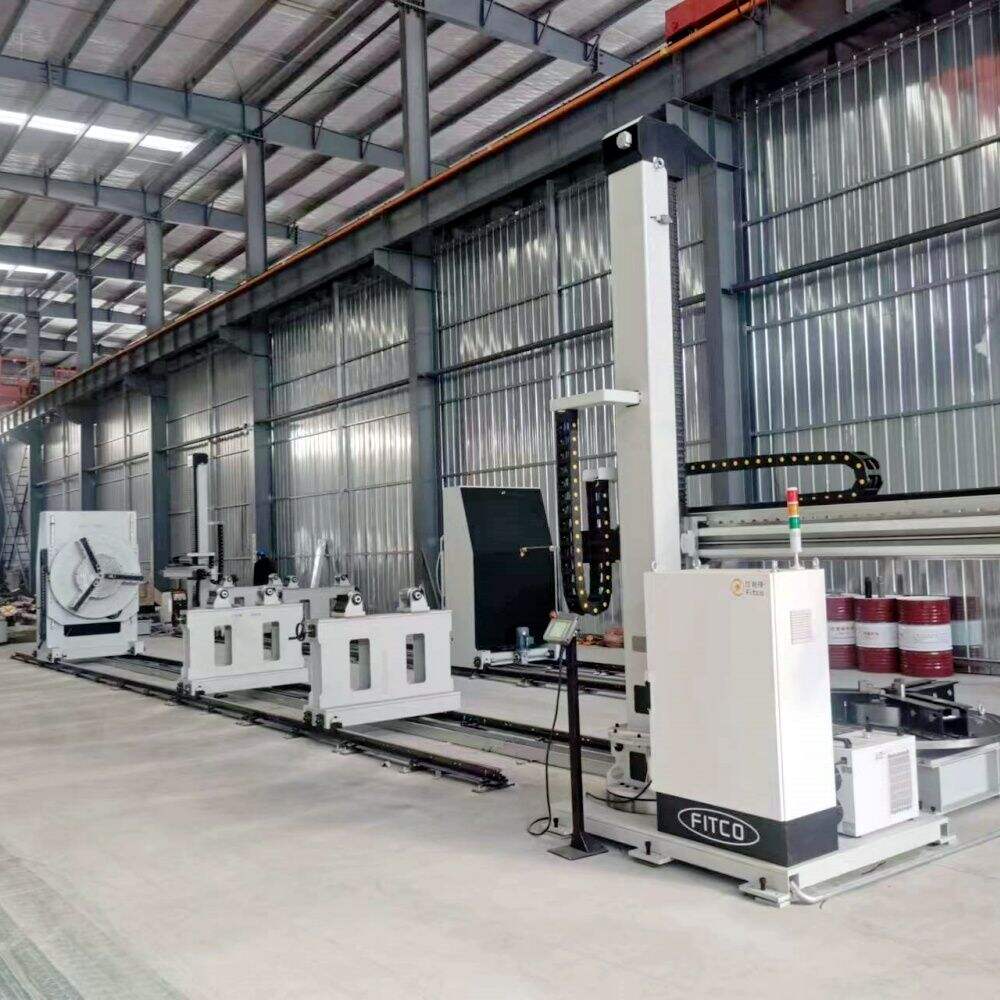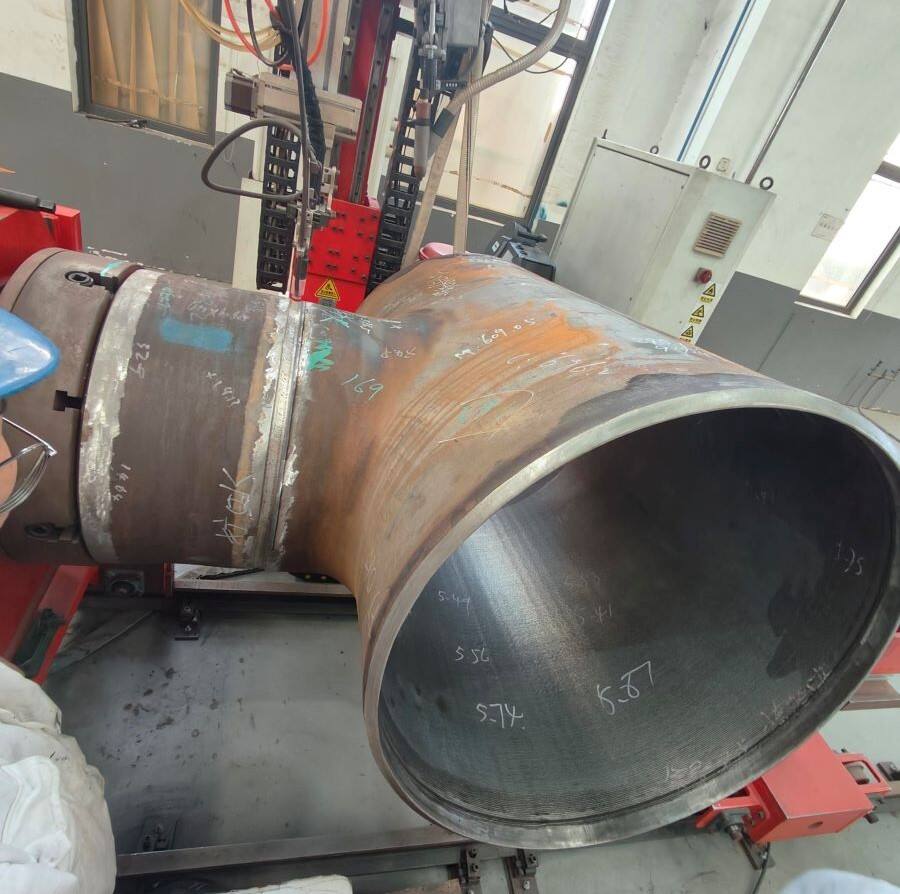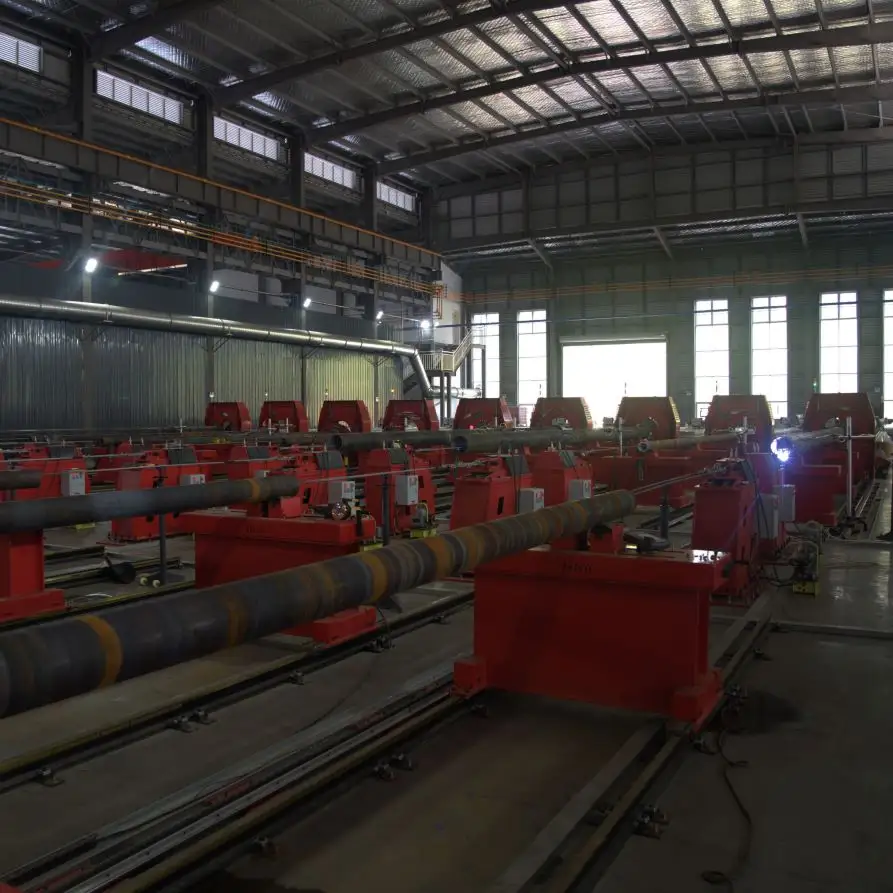tungsten welding
Tungsten welding, also known as TIG (Tungsten Inert Gas) welding, represents a sophisticated arc welding process that utilizes a non-consumable tungsten electrode to produce high-quality, precise welds. This advanced welding technique creates an arc between the tungsten electrode and the workpiece under the protection of an inert shielding gas, typically argon or helium. The process allows for exceptional control over the weld pool, making it ideal for intricate work and thin materials. The technology employs a constant-current welding power supply that produces energy which travels through a welding torch to create an arc. The torch is equipped with a tungsten electrode that conducts the current to the arc while remaining non-consumable. This method stands out for its versatility, being capable of welding a wide range of metals including aluminum, magnesium, stainless steel, and exotic metals. The process can be performed manually or automated, offering flexibility for various industrial applications. Modern tungsten welding systems often incorporate advanced features such as pulse welding capabilities, digital controls, and programmable settings that enhance precision and repeatability. This welding technique is particularly valued in aerospace, automotive, and precision manufacturing industries where weld quality and appearance are paramount.

 EN
EN
 AR
AR BG
BG HR
HR CS
CS DA
DA NL
NL FI
FI FR
FR DE
DE EL
EL HI
HI IT
IT JA
JA KO
KO NO
NO PL
PL PT
PT RO
RO RU
RU ES
ES SV
SV TL
TL IW
IW ID
ID LT
LT UK
UK SQ
SQ HU
HU TH
TH TR
TR FA
FA AF
AF CY
CY MK
MK LA
LA MN
MN KK
KK UZ
UZ KY
KY







